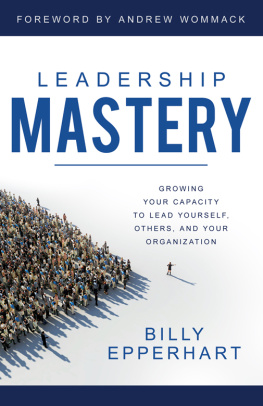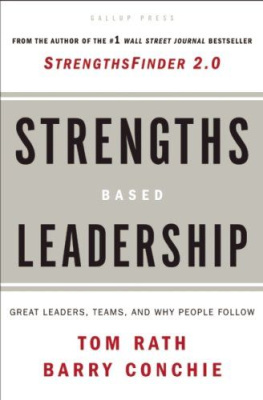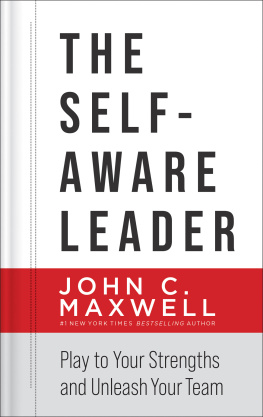Copyright 2013 by Jane A. G. Kise
All Rights Reserved. Copyright under Berne Copyright Convention, Universal Copyright Convention, and Pan American Copyright Convention. No part of this book may be reproduced, stored in a retrieval system, or transmitted in any form, or by any means, electronic, mechanical, photocopying, recording or otherwise, without the express written consent of the publisher, except in the case of brief excerpts in critical reviews or articles. All inquiries should be addressed to Allworth Press, 307 West 36th Street, 11th Floor, New York, NY 10018.
Allworth Press books may be purchased in bulk at special discounts for sales promotion, corporate gifts, fund-raising, or educational purposes. Special editions can also be created to specifications. For details, contact the Special Sales Department, Allworth Press, 307 West 36th Street, 11th Floor, New York, NY 10018 or info@skyhorsepublishing.com.
Published by Allworth Press, an imprint of Skyhorse Publishing, Inc.
307 West 36th Street, 11th Floor, New York, NY 10018.
Allworth Press is a registered trademark of Skyhorse Publishing, Inc., a Delaware corporation.
For Linda Gilligan, who, besides being a kindred spirit and dear friend, models intentional leadership in all she does.
Acknowledgments
I couldn't very well write in isolation a book about valuing different strengths, perspectives, and priorities. From start to finish, my colleagues from the Association for Psychological Type International willingly joined me in discussing leadership dilemmas, their own experiences, and insights on managing the tensions inherent in leadership.
I would especially like to thank Richard Olson of Olson Consulting Group for the incredible amount of time he gave to helping me formulate my thoughts as well as invaluable critiques on several chapters. Sue Blair of Personality Dynamics, Ltd., sorted cards, gave advice on making the book more practical, and provided excellent revision suggestions on many of the chapters. Similarly, Sidney Craig Courtice generously commented on several revisions of the book's framework. Jim Dogan, Hile Rutledge, and Bob McAlpine also gave priceless early feedback.
Thank you to the members of the New Zealand Association for Psychological Type who joined in an early discussion of the key Lenses for Leadership. Thanks also to Clare and Barry Ayers, Paula and Martin Herring, Sandra Krebs Hirsh, Ann Holm, Kaki McCarthy, and Jason Whetstone, who were enthusiastic guinea pigs for finalizing the leadership priorities. All of you are great leadership models for making constructive use of differences.

CHAPTER 1
Learning From Intentionaland UnintentionalLeaders
I intend to be a good leader. That statement is true for you, right? After all, I've never coached anyone who intended to be the inspiration for a How to Work for a Jerk workshop or a situation comedy.
There's a vast difference, though, between having good intentions and being an intentional leader. The intentional leaders I work with plan how they will lead, not just what they will accomplish as leaders.
Phone calls launch the majority of my work as a management consultant. Calls from intentional leaders go something like this:
Hi, Jane. You worked with my team [or a colleague's team] at XYZ Company. I'm leading a new effort and want to start out on the right foot. Can you work with us so I can gain a clear picture of the ways my leadership style meshes with the strengths of my group and what areas or concerns I could easily overlook?
Intentional leaders have deep self-knowledge and recognize that their strengths come with blind spots. They know that every situation draws on their talents in ways that bring out inevitable limitations. They're intentional about identifying any potential problems as best they can.
Other calls follow this pattern:
Is this Jane? I doubt you can help me, but I got your name from________. The only thing the team I'm leading agrees on is that they hate me. They need to learn how to resolve conflict and work together.
These leaders, too, have good intentions, and great strengths and skills. The vast majority has a clear picture of their business goals and how to accomplish them. But they aren't intentional about how they are going to lead, nor have they reflected on the impact of their leadership style, the good and the not-so-good. They don't ask questions like:
Who will I be leading?
What will motivate these particular individuals to reach our business or organizational goals?
What defines our environment?
What emphases and actions on my part will have the greatest positive impact on my team's performance?
Where might my style fall short of what is needed in this situation?
In The Truth About Leadership, James Kouzes and Barry Posner summarize their decades-long study of high-performing leaders, emphasizing that people are most influenced by their most immediate manager. They caution leaders to internalize, It is not a question of Will I make a difference? Rather, it's What difference will I make? At every level, it is what leaders actually do each day that determines whether employees think highly of their workplace, view the work as important, believe that integrity on the job matters, and feel motivated to put forth their best effort.
What do those who report to you see you doing each day? Do they see you creating? Learning? Interacting? Listening? Observing? Have you thought about how your actions influence your team members' vision and their connection to your organization?
The first step toward intentional leadership is carefully defining your priorities to convey what you mean to conveywhat you'll emphasize in a particular situation. Is accountability one of your core priorities? Do you believe that collaboration or empowerment is essential to success?
Once you've identified your leadership priorities, the second step in becoming an intentional leader is to align your leadership actions to convey the importance that you attach to those priorities. If accountability is one of your priorities, then convey the importance of being accountable by modeling it. If collaboration or expertise or mentoring is a priority, then collaborate, be open about adding to your expertise, and find a mentee.
Step 1: Identify Your Leadership Priorities
Following are forty leadership priorities. (They also appear in the on page 151.) Your task is to choose your top ten. Think about a specific leadership position, either your current role or one to which you aspire. As you read each priority, ask yourself, To be successful as a leader in this role, do I need to model this priority? Cross out any priorities to which you answer, No, modeling this isn't essential in this particular situation. Then concentrate on the remaining priorities. Which are most essential? Remember, your list should include no more than ten.
1. Accountability: I establish realistic expectations and responsibility for outcomes, striving for clarity regarding what is and isn't under our control.
2. Achievement: I believe in setting worthy goals, planning for how to reach them, and then doing so.











